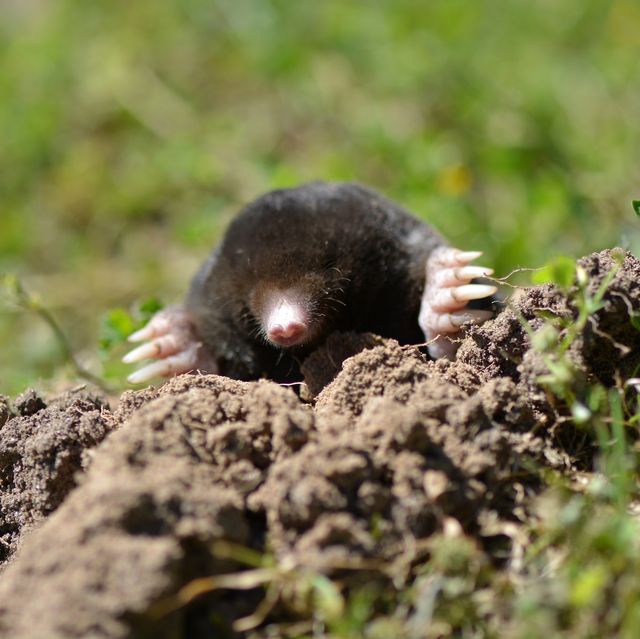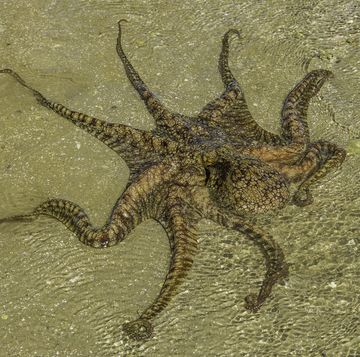- Scientists still find thousands of new species on Earth every year, but finding a new mammal is a relative rarity.
- Scientists have found not one, but two new species of mole native to southeastern Türkiye, one of which had remained undiscovered for nearly 3 million years.
- These two new species, bringing the genus Talpa up to 18 total members, are prime examples of the many mysteries that still remain hidden in the hard-to-reach corners of the world.
Finding a new animal species hidden in some unexplored corner of the world isn’t uncommon—an estimated 7,000 species of insects will be discovered in 2023 alone. But finding a new mammal isn’t nearly as routine, especially one that’s been living among us for nearly three million years.
The Talpa hakkariensis is a species of mole that lives in the mountainous southeastern region of Turkey known as Hakkâri (hence the science-y moniker). This new species, along with another subspecies of mole known as Talpa davidiana tatvanensis, are new members of the Talpa genus of subterranean, invertebrate-munching mole—many of which can be found throughout Europe and western Asia. The two moles were fully described in a study published in July in the Zoological Journal of the Linnean Society.
The discovery of the two species was a joint effort among researchers from Indiana University, Ondokuz Mayıs University, and the University of Plymouth. The team used DNA to confirm the two moles’ genetic distinction, and that DNA survey was definitely required, as the animals were not visually dissimilar for other mole species.
“Superficially, the new moles we have identified in this study appear similar to other species, since living underground imposes serious constraints on the evolution of body size and shape — there are a limited number of options available for moles really,” University of Plymouth David Bilton, a professor of aquatic biology, said in a press statement. “Our study highlights how, in such circumstances, we can underestimate the true nature of biodiversity, even in groups like mammals, where most people would assume we know all the species with which we share the planet.”
In addition to analyzing DNA, experts analyzed the size and shape of the two moles’ bodily structures, as well as museum specimens collected in the 19th century. The results showed that Talpa hakkariensis was “highly distinctive” in both morphology and genealogy, whereas Talpa davidiana tatvanensis was morphologically distinctive but genetically similar to the Talpa davidiana (first discovered in 1884). The Talpa davidiana is listed as “data deficient,” meaning that the International Union for Conservation of Nature doesn’t have enough information to know its current conservation status.
Amazingly, Talpa hakkariensis remained hidden from science for nearly three million years, a feat likely made possible by its impressive ability to survive in more than six feet of snow in the winter and up to 120 degrees Fahrenheit in the summer. Hakkâri is also one of the most remote province in Turkey, home the Cilo-Sat mountains, so it’s unlikely that these two moles are the only mammalian mysteries still hiding in the region. And finding these still-hidden species is of the utmost importance.
“If we are looking to protect species we need to know they exist in the first place. Through this study,” Bilton said in a statement. “We have established something of a hidden pocket of biodiversity and know far more about the species that live within it than previously.”
Darren lives in Portland, has a cat, and writes/edits about sci-fi and how our world works. You can find his previous stuff at Gizmodo and Paste if you look hard enough.













